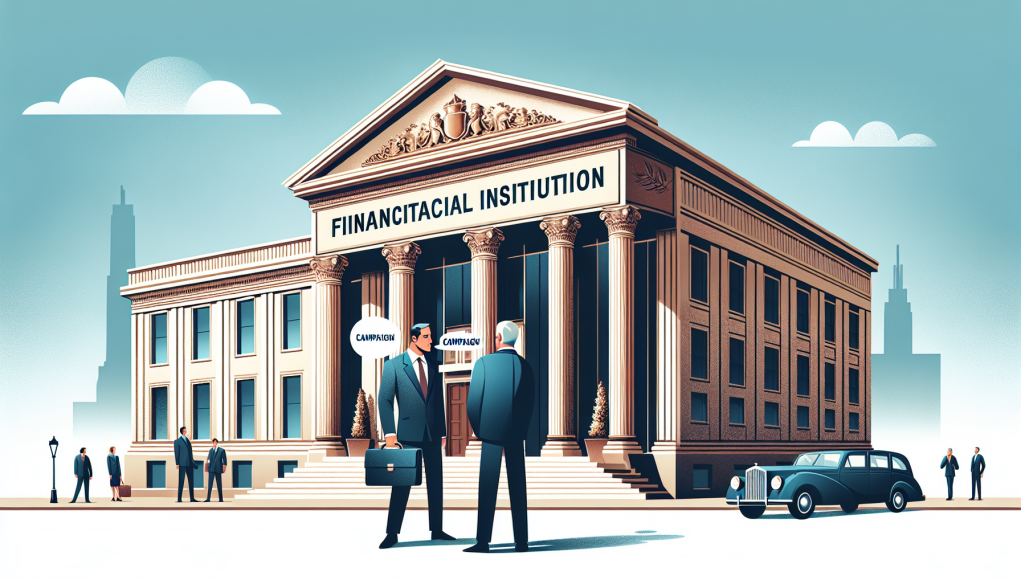In a move that has sent ripples through Washington and Wall Street alike, President Donald Trump made his first official visit to the Federal Reserve in nearly two decades. This momentous event is more than just a ceremonial call; it is a declaration of renewed intensity in the ongoing tug-of-war over the future direction of U.S. monetary policy.
For those glued to the pulse of America’s economic engines, this visit is a vivid reminder that monetary policy—often shrouded in technical jargon and policy statements—has very real consequences for the world of work, investment, and everyday livelihoods. The venue itself, the Federal Reserve, sits at the heart of decisions impacting inflation, interest rates, employment, and ultimately how businesses grow or contract.
What amplifies the significance of this visit is President Trump’s outspoken attitude toward Federal Reserve Chair Jerome Powell. Once a figure shielded from public confrontation, Powell now finds himself squarely in the crosshairs of a competing vision. Trump’s visit, timed amid a backdrop of heated rhetoric and nationwide economic anxieties, is emblematic of the broader contest over control, credibility, and the pathway forward for the nation’s financial stability.
At its core, this escalation isn’t just about numbers on a chart or bond yields: it is about the values and expectations we assign to economic governance. In workplaces across the country, from small startups to sprawling corporations, decisions made within the Federal Reserve’s marble halls ripple outward to influence hiring patterns, wage growth, and the vitality of entire industries.
This watershed moment raises gripping questions that matter deeply to the workforce and economy. How will the Federal Reserve balance inflationary pressures with the urgency to keep credit accessible and affordable? What is the role of political influence in shaping these critical decisions? And how might this dynamic shape the job market, consumer confidence, and investment landscapes in the months and years ahead?
Even as heated words fly, the very act of engagement—a presidential visit after two decades of distance—breathes new life into the national conversation around economic stewardship. It challenges us to move beyond passive observation and instead grapple with the complexities shaping our financial realities.
For the workforce community, understanding this evolving dialogue is vital. It reminds us that economic policy, while often distant and abstract, directly affects the heartbeat of work life—whether that means wage hikes that lag behind inflation, the availability of loans for new ventures, or the overall confidence that underpins consumer spending.
In the end, President Trump’s visit to the Federal Reserve is a clarion call to engage, question, and participate in the stewardship of the economy. It highlights the enduring tension between political ambitions and institutional independence, a drama that unfolds not in isolation but in the fabric of everyday American work life.
As this story continues to develop, one thing remains clear: the dialogue between the White House and the Federal Reserve will shape the economic landscape for every worker, entrepreneur, and citizen watching closely. It is a story we must follow, understand, and use to inform how we adapt and thrive in an ever-changing economic world.



























